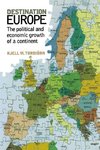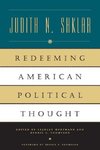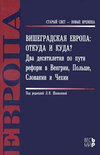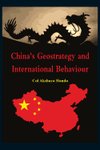
-
 Anglický jazyk
Anglický jazyk
MPLA
Autor: Source: Wikipedia
Source: Wikipedia. Pages: 29. Chapters: MPLA politicians, Angolan Civil War, José Eduardo dos Santos, Agostinho Neto, Fernando da Piedade Dias dos Santos, Paulo Kassoma, Armed Forces for the Liberation of Angola, João Bernardo de Miranda, Desiderio Costa,... Viac o knihe
Na objednávku, dodanie 2-4 týždne
13.90 €
bežná cena: 15.80 €
O knihe
Source: Wikipedia. Pages: 29. Chapters: MPLA politicians, Angolan Civil War, José Eduardo dos Santos, Agostinho Neto, Fernando da Piedade Dias dos Santos, Paulo Kassoma, Armed Forces for the Liberation of Angola, João Bernardo de Miranda, Desiderio Costa, João Maria de Sousa, Fernando José de França Dias Van-Dúnem, Iko Carreira, Assunção dos Anjos, Viriato da Cruz, Daniel Chipenda, Bicesse Accords, Lopo do Nascimento, Nito Alves, Francisco Higino Carneiro, Pitra Neto, Mário Pinto de Andrade, Kundy Pahiama, Afonso Van-Dúnem M'Binda, Juilão Mateus Paulo, Antonio Dias Cardoso, Marcolino Moco, Hélder Vieira Dias, Roberto Leal Monteiro, Joaquim Pinto de Andrade, Francisco Romão, Angolan Communist Party, Maria Mambo Café, António Alberto Neto, Lúcio Lara, Henrique de Carvalho Santos, Ilidio Machado, Gentil Ferreira Viana, Valentim Amões, Rui de Sá, Party of the United Struggle for Africans in Angola, Aliceres Mango, Youth of MPLA, Democratic Front for the Liberation of Angola, Movement for the National Independence of Angola. Excerpt: The Angolan Civil War (1975-2002) began immediately after Angola became independent from Portugal in November 1975. Prior to this, a decolonisation conflict had taken place in 1974-75, following the Angolan War of Independence of 1961-74. The Civil War was primarily a fight for power between two former liberation movements, the People's Movement for the Liberation of Angola (MPLA) and the National Union for the Total Independence of Angola (UNITA), who each had different roots in the Angolan social fabric and mutually incompatible leaderships. Both the MPLA and UNITA had socialist leanings, but for the purpose of mobilising international support posed as "Marxist-Leninist" and "anti-communist", respectively. A third former movement, the National Front for the Liberation of Angola (FNLA), having fought the MPLA alongside UNITA during the war for independence, played almost no role in the Civil War. Finally, a Front for the Liberation of the Enclave of Cabinda FLEC, an association of separatist militant groups, fought for the independence of Cabinda. The war can be divided roughly into three periods of major fighting - between 1975 and 1991, 1992 and 1994, and 1998 and 2002 - broken up by fragile periods of peace. By the time the war was brought to an end in 2002, after 27 years, an estimated 500,000 people had been killed, over one million had fled from rural to urban areas, massive damage had been done to Angola's infrastructure, and the nation's public administration, economic enterprises and even religious institutions were in many places in shambles. The Angolan Civil War reached such dimensions due to massive foreign intervention being combined with its internal dynamics. Both the Soviet Union and the United States considered it critical to the global balance of power and to the outcome of the Cold War, and they and some of their allies put significant effort into making it a proxy war between their two power blocs. The Angolan Civil War ultimately became one of
- Vydavateľstvo: Books LLC, Reference Series
- Rok vydania: 2011
- Formát: Paperback
- Rozmer: 246 x 189 mm
- Jazyk: Anglický jazyk
- ISBN: 9781232459330
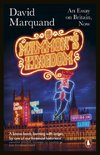
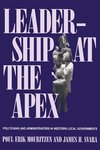
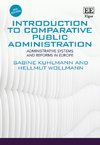


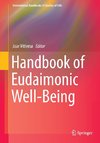
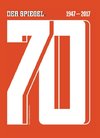
 Nemecký jazyk
Nemecký jazyk 
 Ruský jazyk
Ruský jazyk 